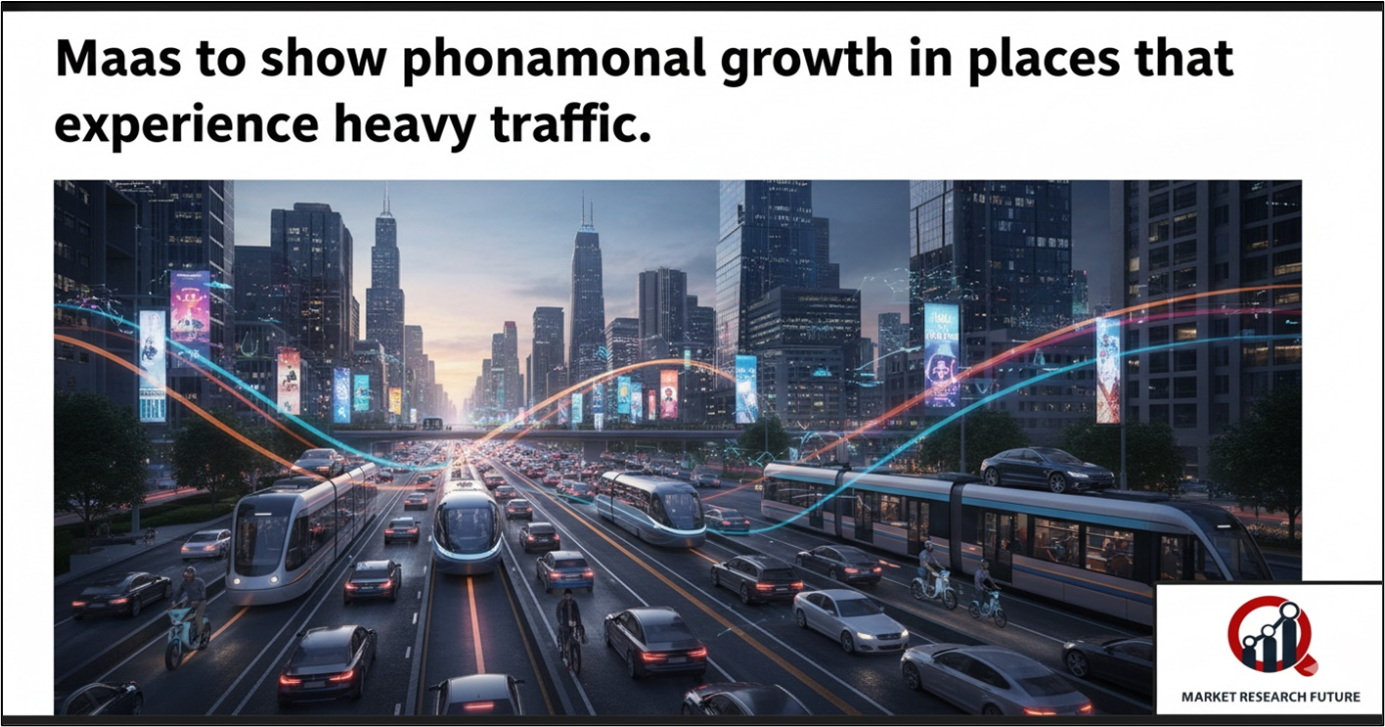MaaS to show phenomenal growth in places that experience heavy traffic

Mobility as a Service Mobility as a Service (MaaS)
Mobility as a Service Mobility as a Service (MaaS) is changing the way people get around by bringing together different modes of transportation into one digital platform. Users can easily plan, book, and pay for trips that use different modes of transportation, like public transit, ride-sharing, bikes, and e-scooters, all through mobile apps. MaaS is designed to make things easier for customers and offers affordable and energy-efficient ways to get around that make people less reliant on their own cars. MaaS makes sure that travel is smooth and smart by using real-time data from service providers, weather updates, and traffic information. Now, governments, city planners, and transportation companies are all working together to make MaaS bigger. This is a huge chance for the global mobility industry.
Hackers are a threat.
Cybersecurity is still a big worry because MaaS systems depend so much on digital connections. Data breaches and unauthorized access to personal and payment information could be dangerous. To keep customers' trust and avoid problems with operations, it's important to make sure that data is safe, that encryption is strong, and that there are rules for digital safety.
Highlights from the Region
MaaS is growing quickly in places like North America, Europe, and Asia-Pacific. Europe is leading the way in developing eco-friendly transportation systems and encouraging electric vehicles to lower carbon emissions. The main reasons for this growth are changes in how people travel and the growing popularity of eco-friendly travel.
More people are becoming aware of greenhouse gas emissions, which is helping the market grow.
The growing worry about pollution and the push for eco-friendly cities have sped up the use of MaaS. Governments are actively pushing for smarter public transportation systems and zero-emission vehicles. This makes MaaS a key part of making cities more sustainable.
MaaS's Most Important Trends
Recent efforts, like working together on smart city projects around the world and releasing new MaaS apps in big cities, show that people are moving toward travel solutions that are more eco-friendly and work together. As cities get more crowded and the climate gets worse, MaaS is the way to go for efficient, long-term transportation.

Leave a Comment